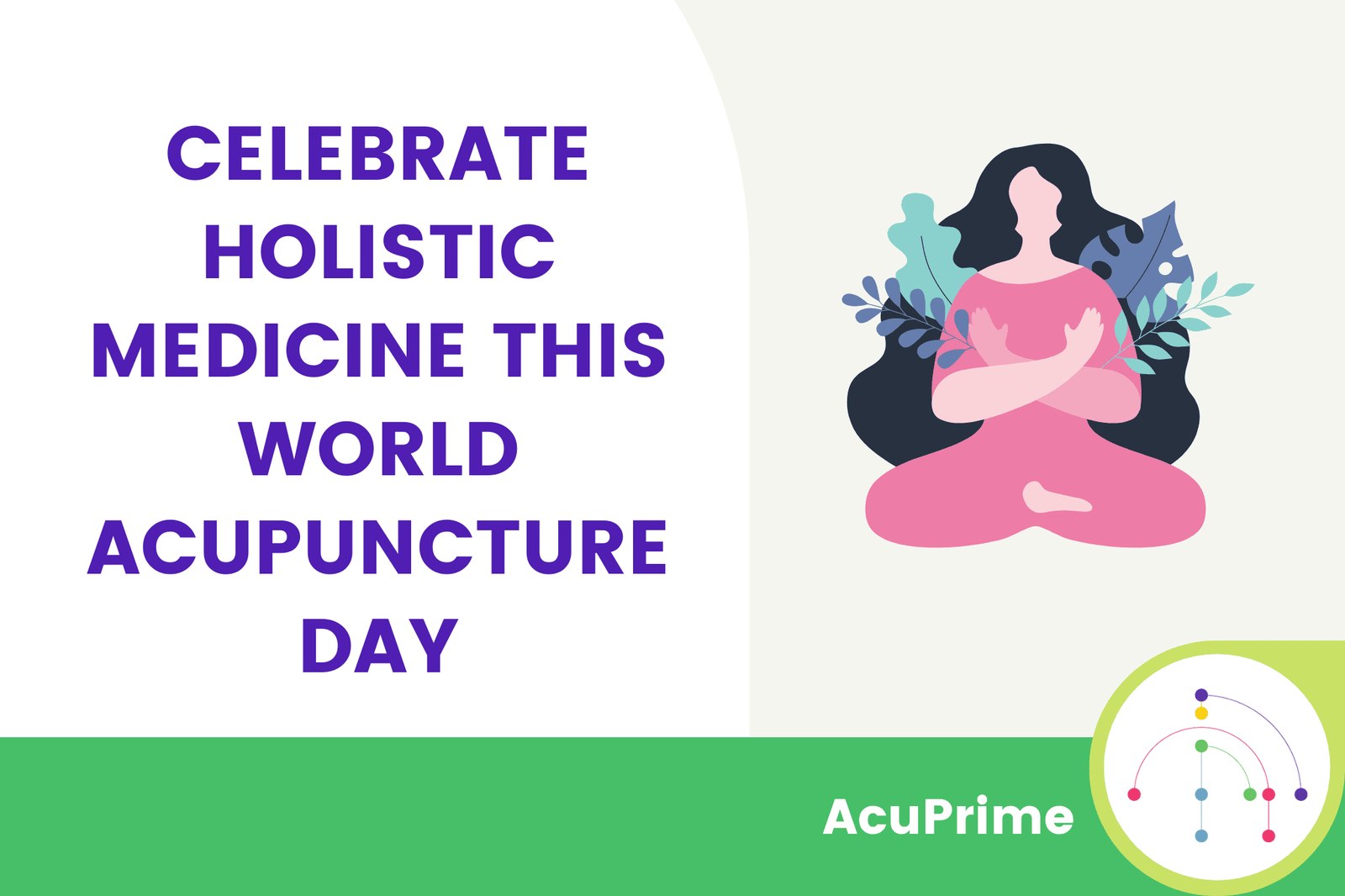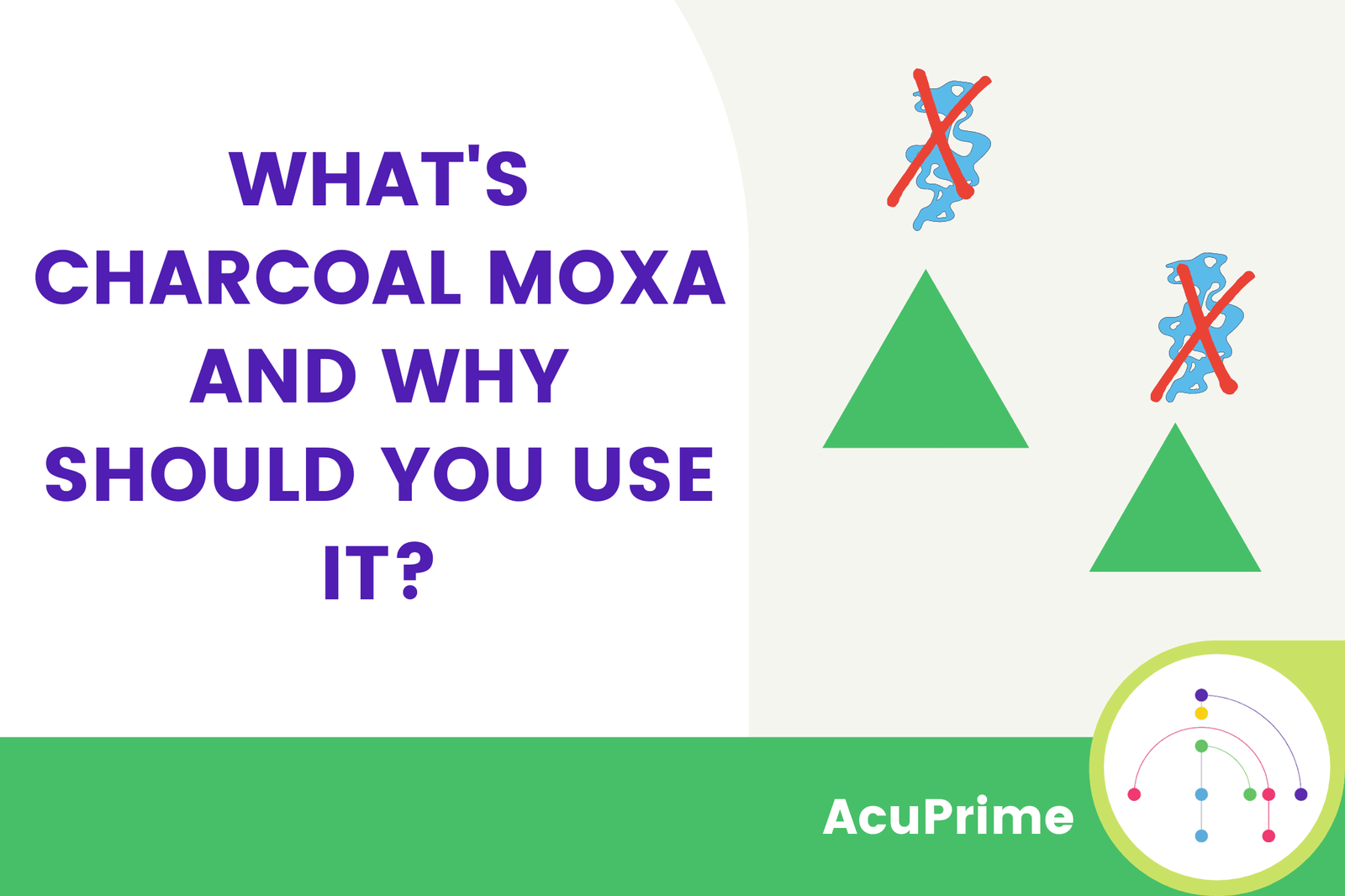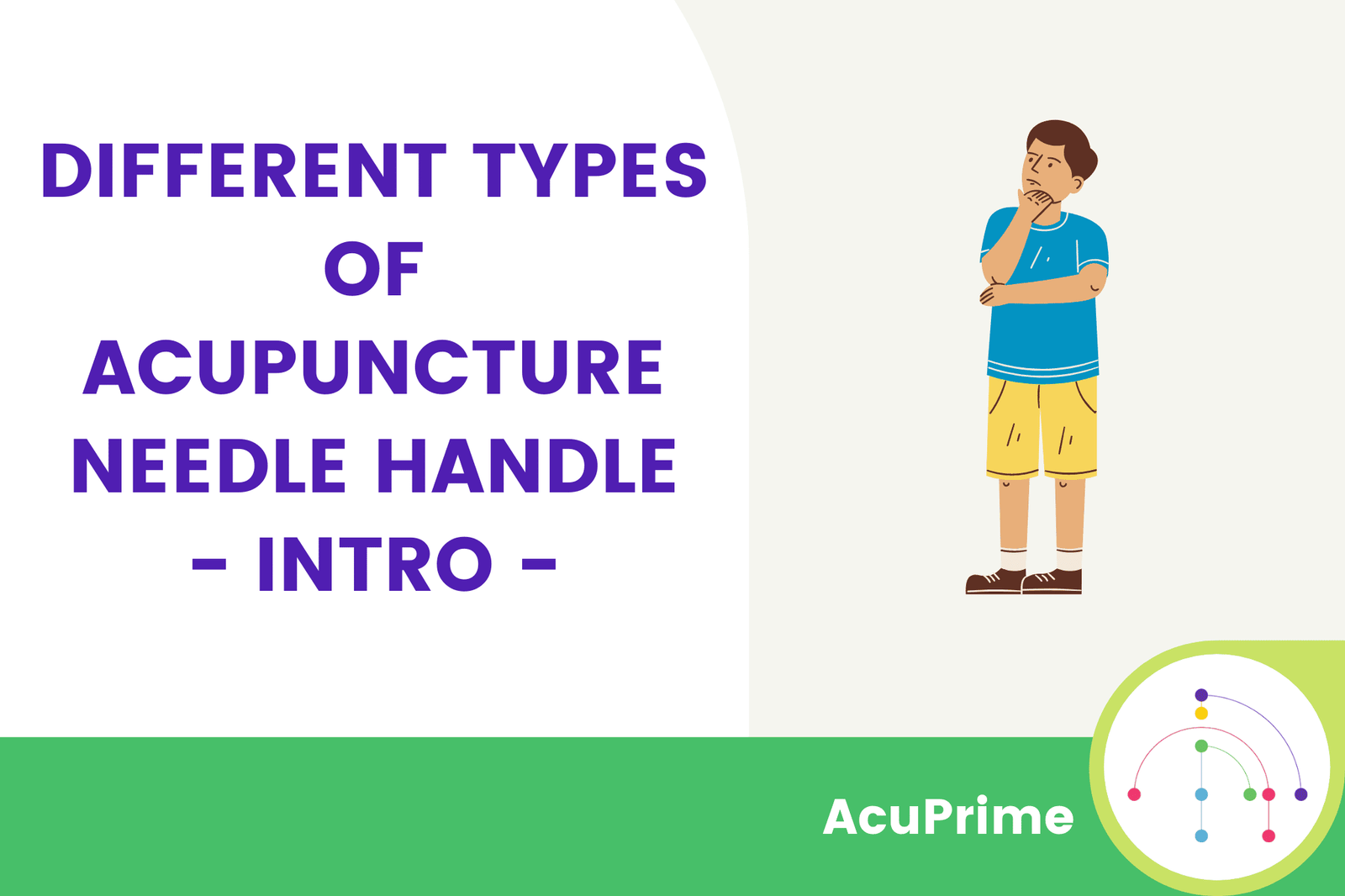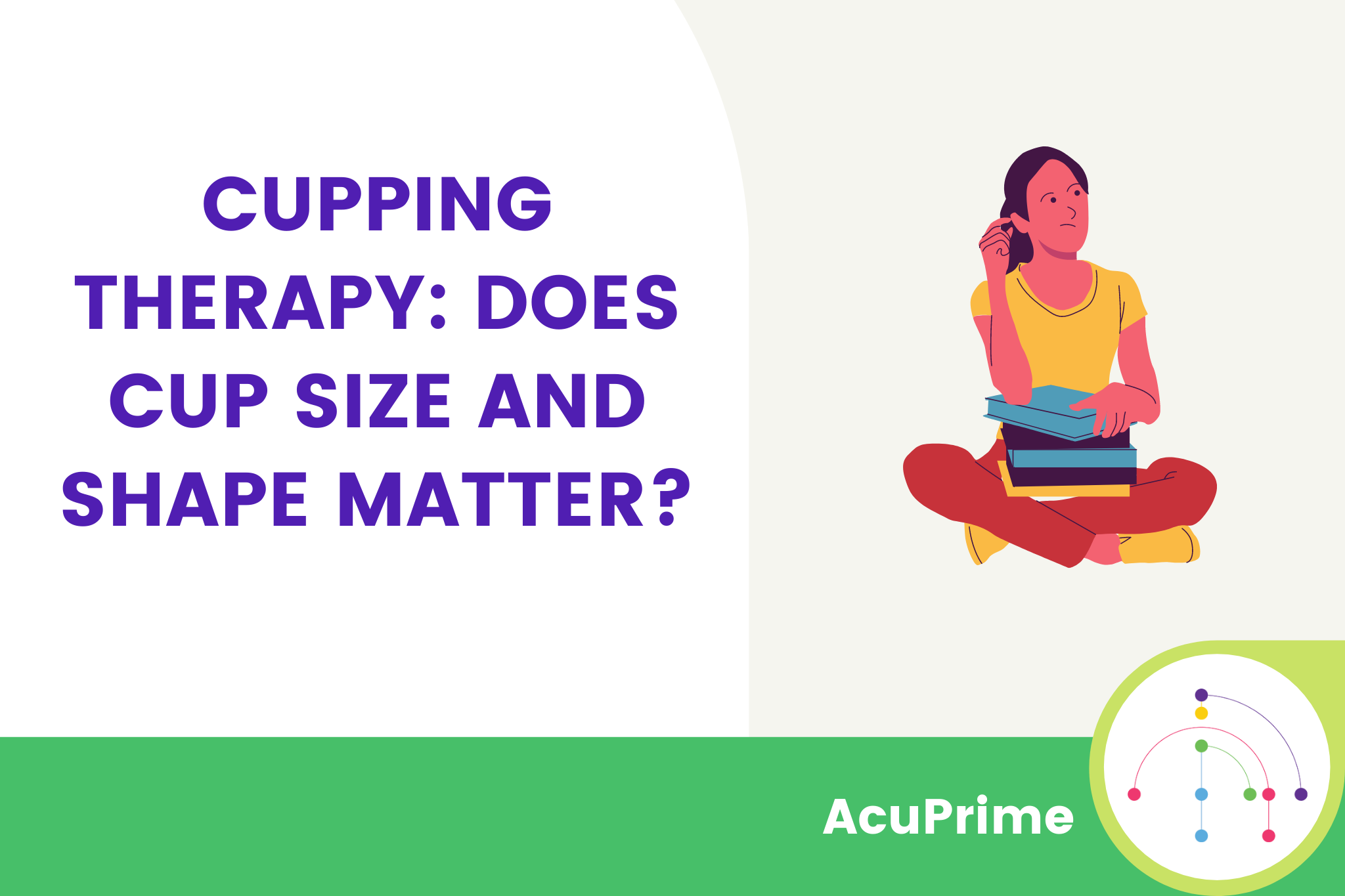In the West, we can go for hundreds, even thousands of years without adopting Eastern health practices. Then, seemingly out of the blue, a new trend arrives on the scene and it feels as though it’s just been invented. Often though, Eastern nations have been doing it for generations.
Moxibustion hasn’t reached that tipping point yet, but perhaps it’s not far off. As acupuncture has gained a solid reputation and is recommended by the NHS for some issues, the public is more open-minded about other alternative therapies that could help them.
Going hand-in-hand with acupuncture in Traditional Chinese Medicine, moxibustion is a lesser-known treatment often offered at acupuncture clinics. As it rises in popularity, it’s definitely worth considering adding into your skillset.
So what is moxibustion and why might it be a good skill to add to your clinic?
What is Moxibustion and How Does it Work?
A form of heat therapy, moxibustion involves burning the herb mugwort (moxa) in close proximity to certain parts of the body to elicit specific responses.
We know, it sounds bizarre. But stick with us.
Traditional Chinese Medicine practitioners have been using moxa for thousands of years to treat many types of health issues. By heating specific acupressure points, moxa is thought to stimulate specific functions in the body, leading to relief from pain, tension and other issues.
Often used in conjunction with acupuncture, moxa has been left behind a little in the research stakes. Studies are thin on the ground and often with conflicting results but there is much anecdotal evidence to support it.
Either way, as with many alternative therapies, the general consensus is that moxa can be useful in some situations.
Breech Babies
Some of the best research done on moxa has been in regards to turning breech babies into the correct position for birth. TCM practitioners have long treated breech positions with moxa and the practice is now thought to be potentially useful by the NHS.
Moxibustion for breech babies involves heating points around the toes, causing hormonal changes and encouraging the baby to move. Studies have shown that, used in conjunction with acupuncture, moxibustion may result in fewer breech births than with no treatment.
While not giving an out-and-out recommendation for moxibustion, many NHS trusts do seem open to advising patients of how and where to find moxibustion treatments for breech babies. While they stress it should not be done without first speaking to a midwife or doctor, simply having this attitude towards moxa is great news for therapists and acupuncturists interested in offering it as a service.
Other Applications
In Traditional Chinese Medicine, moxibustion is used to treat many issues from chronic pain to digestive disorders. While studies are limited, many patients find it beneficial and it’s becoming an increasingly popular request at acupuncture clinics around the country.
Growing Popularity
Like acupuncture, moxibustion is a usually safe form of complementary therapy, especially indirect moxibustion (there are dangerous types of moxibustion where the burning moxa is placed directly onto skin). Indirect moxibustion gives those searching for treatments a risk-free opportunity to see if it could work for them.
As attitudes towards Traditional Chinese Medicine are becoming more open in the UK, it’s becoming easier to find clinics offering treatments. It helps that moxibustion is also easy to practice and possible for patients to do in their own homes.
How to Offer Moxibustion at Your Clinic
While adding moxibustion into your services shouldn’t be difficult for acupuncturists, it’s still important to get some training first. This allows you to provide moxibustion in a way most suited to your patients.
A comprehensive course will also teach you the different types of moxa and the methods of using them. Not all moxibustion is done in conjunction with acupuncture needling and can be practised alone.
There are far fewer moxibustion courses available than acupuncture, but some colleges do offer them. You can try:
- Academy of Oriental Medicine
- Expectancy
- Complementary Therapy College (for Reflexologists)
Many acupuncture courses will also include teachings in moxibustion so if you’re looking to become a qualified acupuncturist, check out course syllabuses.
Interested in Trying Moxibustion and Acupuncture?
Adding new skills to your clinical practice can open you up to new clients and give you opportunities you didn’t know existed. As acupuncture and moxibustion become more commonplace in the UK and Europe, the demand for skilled practitioners will grow.
If you’re looking into acupuncture courses, check out our article on How to Become an Acupuncturist. There you’ll find information about regulations, awarding bodies and a great variety of courses, many of which will include moxibustion training.
If you’re looking for moxa, we carry a range of moxa types. If you’re not sure which ones you need, give us a call and we’ll be happy to answer your questions.








